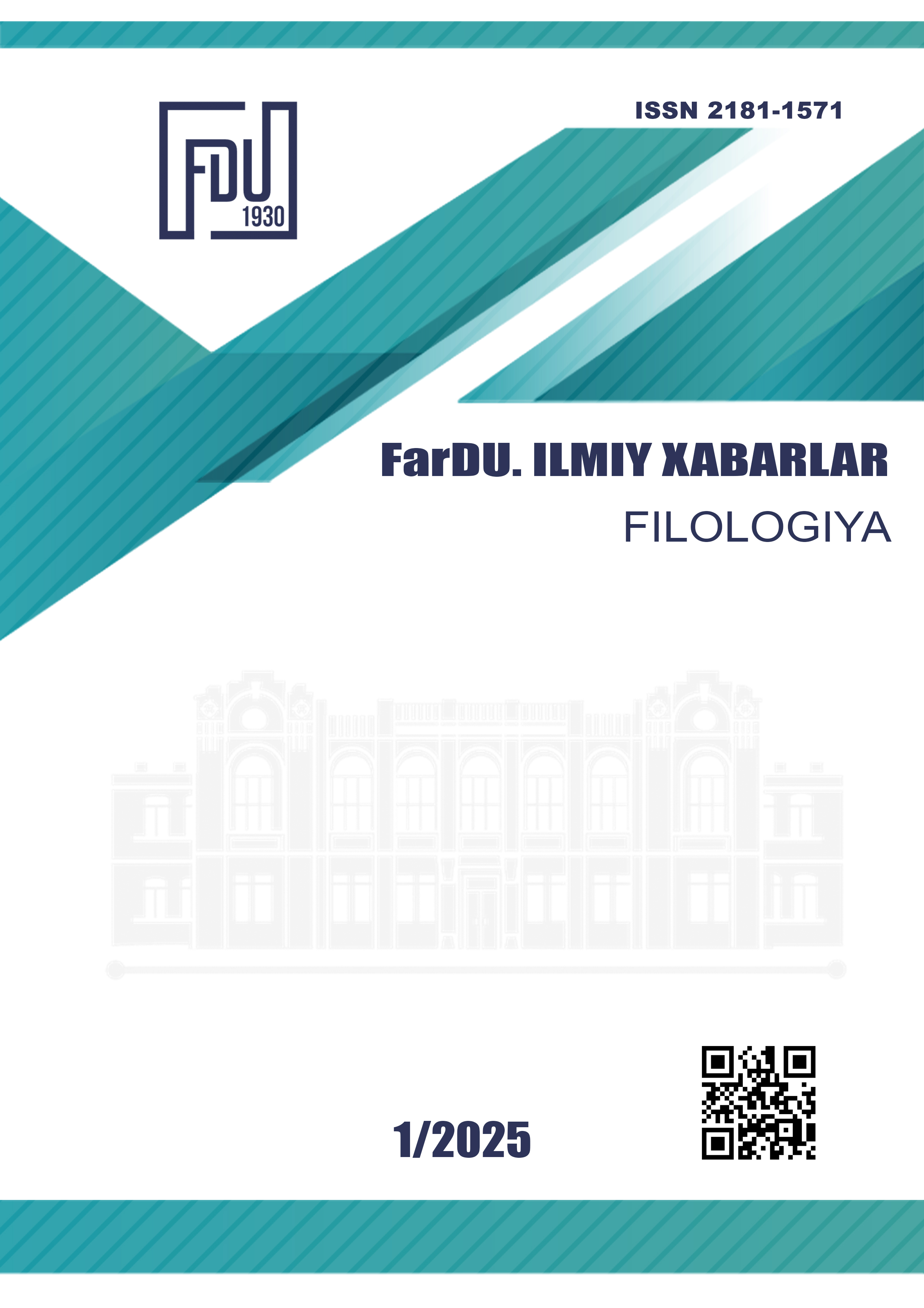METHODS OF STUDYING RAILWAY TERMINOLOGY AND RESEARCH METHODOLOGY
Keywords:
Railway terminology, international terms, national terminology, translation strategies, linguistic analysis, semantic analysis, transliteration, adaptation, equivalent word formation, Uzbek language.Abstract
This article analyzes the linguistic and semantic features of railway terminology. The study explores the use of international, Russian, and local terms in the Uzbek language, highlighting their national, cultural, and technical significance. The role of translation strategies such as transliteration, adaptation, and equivalent word formation in term analysis is examined. The results confirm the dominance of international terms but emphasize the necessity of developing national terminology and aligning it with global standards. This work provides guidelines for systematizing terms and their practical application for specialists in linguistics and technical fields.
References
Sadirdinovich Xolmatov, U.., & Umid o‘g‘li Xolmatov, S. . (2022). Yo‘l transport hodisalarini kelib chiqishiga sababchi bo‘luvchi omillar. Scientific Impulse, 1(4), 1129–1138. Retrieved from http://nauchniyimpuls.ru/index.php/ni/article/view/1939.
Karimov D. et al. Temir yo‘l atamalarining semantik o‘ziga xosliklari //Journal of Uzbek Linguistics. – 2024. – Т. 5. – №. 2. – С. 123-134.
D. Mirsagatova. A description of methods for analyzing railroad terminology as a linguistic component for particular objectives (on the material of english language) // sai. 2023. №b2.
Leychik V. M. et al. Terminologiya va uning tizimlari: Nazariy asoslar va amaliyot //Russian Linguistic Studies. – 2024. – Т. 12. – №. 4. – С. 76-84.
Kabanova T. V. et al. Texnik terminlarning semantik rivojlanishi va xalqaro miqyosdagi mosligi //Technical Language Journal. – 2024. – Т. 8. – №. 1. – С. 45-50.
Dobson, George, Russia’s railway advance into Central Asia, 1890, London, h. Allen & co., y, Waterljoo pmce and at Calcutta,439 p.
Baker A. L. et al. In other words: A coursebook on translation and cultural contexts //Journal of Cultural and Linguistic Studies. – 2024. – Т. 6. – №. 2. – С. 122-130.
Downloads
Published
Issue
Section
License
Copyright (c) 2025 Scientific journal of the Fergana State University

This work is licensed under a Creative Commons Attribution-NonCommercial-NoDerivatives 4.0 International License.

